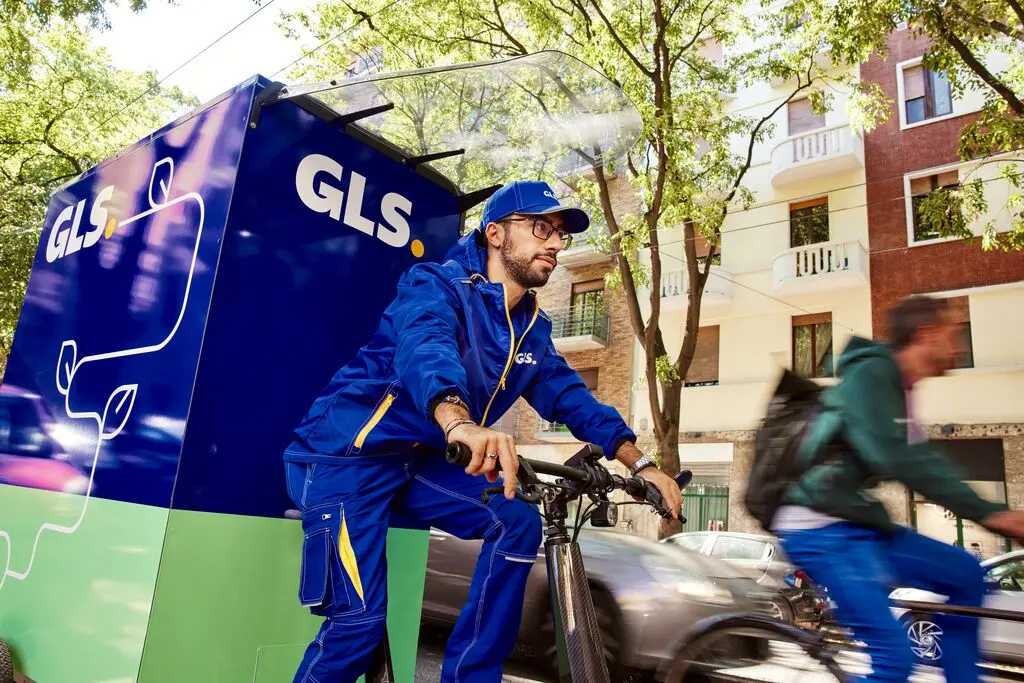
GLS: Creating more efficient delivery tours with Honeycomb

The Vision
GLS Studio, an interdisciplinary high impact unit within GLS Group, wanted to build ParcelPlanner: a groundbreaking internal app for fleet managers and subcontractors to adapt delivery routes based on expected parcel volumes.

The value to GLS Group's business is huge: for delivery services, even minor improvements and optimisations can translate to substantial savings in time, costs, and fuel.
The Solution
GLS Studio embedded Honeycomb into their ParcelPlanner application, going from contract signing to working MVP in under a week.
With just a few lines of code, they were able to add the ability for fleet managers to view driver tours, edit them by dragging edges, and see updated metrics instantly. Clicking ‘save’ adds these changes to operational systems
Customer Impact
Daily time saved for drivers (up to)
With process changes enabled by ParcelPlanner and Honeycomb, drivers arrive at the depot with parcels already organized in an optimal sequence for them so they can quickly load the van and leave immediately: saving 10,000 drivers in Germany alone up to 3 hours per day.
For the GLS Studio team developing ParcelPlanner, the fact they didn't have to worry about the details of frontend map development meant they could move faster and spend more time focused on working with users on the core functionality of their application.
Read the full interview with the GLS Studio team